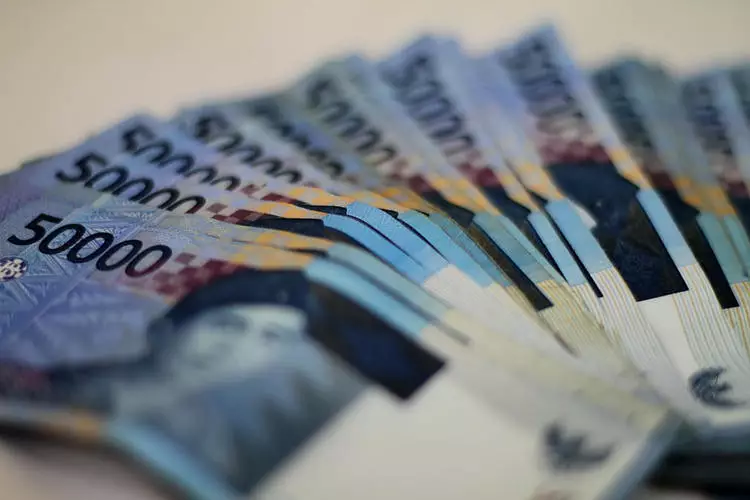The financial landscape for the Indonesian Rupiah (IDR) exhibits increasing tension as external factors fuel risk aversion. Recently, the exchange rate of the US Dollar (USD) against the IDR has continued to rise, reaching a pivotal mark of approximately 15,400.00 during early trading hours in Europe. This marks the third consecutive day of gains for the USD/IDR pair. The recent geopolitical turmoil, particularly in the Middle East, exacerbates concerns surrounding global market stability, leading to a waning appetite for riskier assets. As investors scramble for safety, the USD has gained traction, further pressuring the IDR.
Compounding the pressures on the Indonesian Rupiah are changes in the expectations surrounding the Federal Reserve’s monetary policy. The market sentiment regarding an impending aggressive rate cut by the Fed in November has notably shifted. According to the CME FedWatch Tool, the likelihood of a modest 25 basis point cut now sits at around 65.9%, a substantial decrease from prior assessments. Furthermore, the prospect of a more significant 50 basis point reduction has dwindled, with only a 31.4% probability. Such trends are vital; they fortify the US Dollar as Treasury yields continue to rise in response to a more hawkish Fed outlook, ultimately adding to the strength of the USD against not just the IDR but multiple currencies.
Amidst these challenges, Bank Indonesia, the nation’s central bank, has actively intervened in the foreign exchange market to stabilize the Rupiah. By ensuring a more balanced interaction between supply and demand, the central bank aims to mitigate the pervasive downward pressure on the IDR. The necessity for such interventions underscores the fragility of the Rupiah in the face of external economic shocks and internal pressures. The Indonesian economy is experiencing unique dynamics, notably a decrease in inflation, which fell to 1.84% in September—a welcome development within the central bank’s target range of 1.5% to 3.5%. However, while lower inflation may suggest localized economic stability, it does not fully insulate the Rupiah from the storm of geopolitical turmoil and fluctuating USD strength.
Understanding the terms “risk-on” and “risk-off” sheds further light on the current financial landscape. In a “risk-on” environment, investors demonstrate a propensity to engage with higher-risk assets, buoyed by optimistic economic forecasts. Conversely, a “risk-off” sentiment, as currently observed, compels investors to gravitate toward safer, more stable investments, further exacerbating the decline of currencies like the IDR, which are deemed riskier in the face of heightened global tensions.
During these “risk-off” epochs, safe-haven assets such as precious metals, particularly gold, witness an uptick in value. Additionally, currencies known for their stability, such as the USD, Japanese Yen (JPY), and Swiss Franc (CHF), flourish as they are favored by investors fleeing from riskier territories. On the contrary, countries heavily reliant on commodity exports—those represented by currencies such as the Australian Dollar (AUD), Canadian Dollar (CAD), and New Zealand Dollar (NZD)—often struggle, as demand for such commodities wanes under uncertain conditions.
As geopolitical tensions remain at the forefront, the future of the Indonesian economy and its currency hangs in a precarious balance. If the Fed continues to adopt a less dovish stance, it may buoy the USD even further, placing additional pressure on the IDR. Furthermore, should geopolitical unrest persist or escalate, investor confidence in emerging markets may wane further, presenting challenges for Indonesia’s export-driven economy.
The interplay between geopolitical tensions, monetary policy shifts, and investor sentiment renders the outlook for the Indonesian Rupiah challenging. While Bank Indonesia’s interventions may provide temporary relief, the underlying vulnerabilities of the Rupiah against the backdrop of a robust USD and global instability necessitate a vigilant approach for stakeholders looking to navigate this turbulent market. As the situation evolves, ongoing monitoring of these dynamics will be crucial for examining the future trajectory of the Rupiah and its economic impacts.

